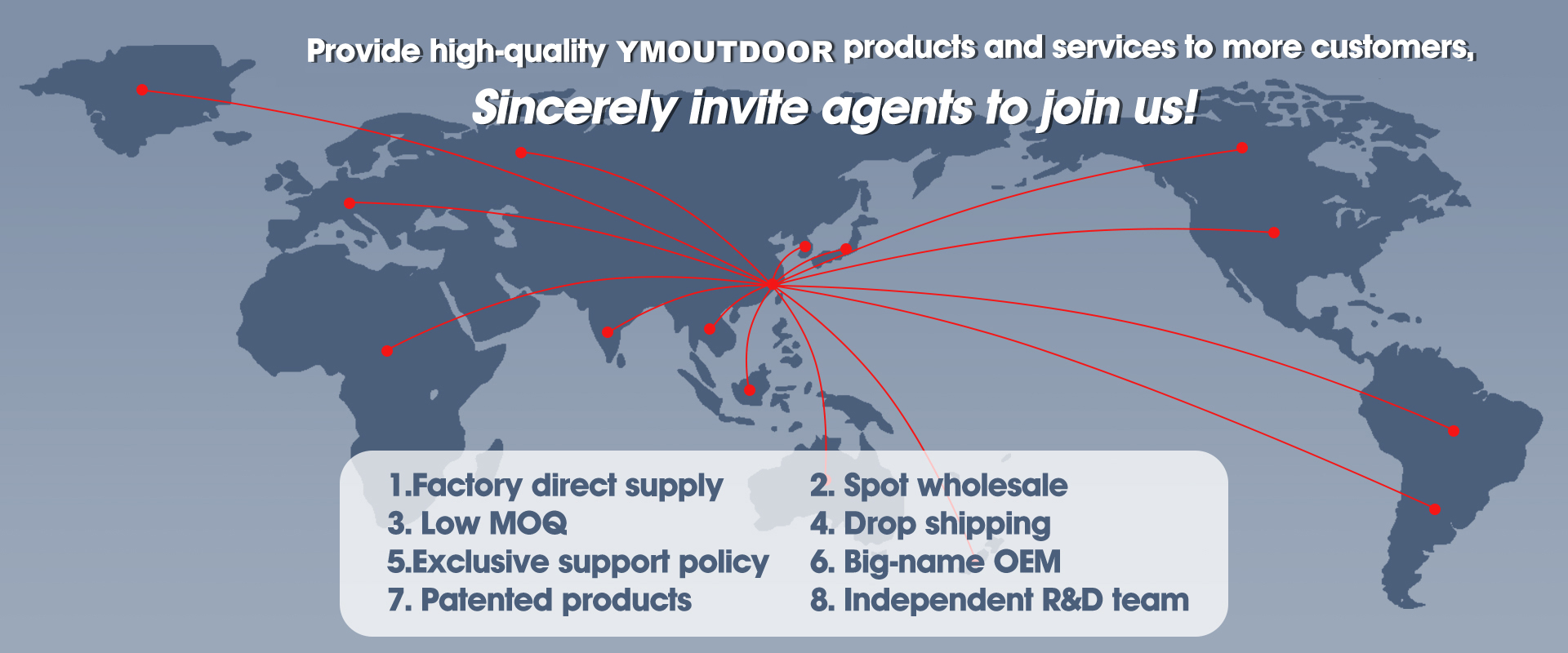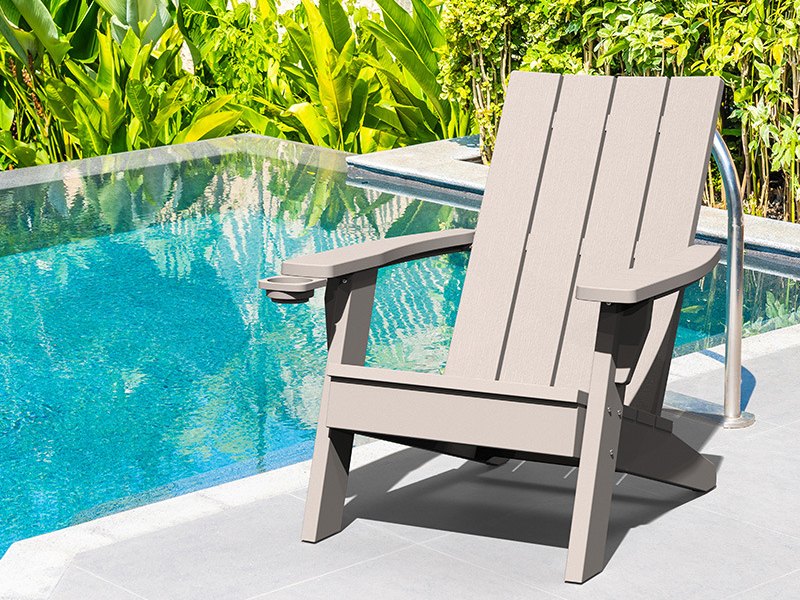
WChúng ta có thể phải suy nghĩ nhiều hơn một chút khi mua đồ nội thất ngoài trời so với khi mua đồ nội thất trong nhà. Điều này là do đồ nội thất ngoài trời thường xuyên tiếp xúc với điều kiện thời tiết khắc nghiệt và vật liệu có thể rất quan trọng. Nếu bạn muốn bộ bàn ghế của mình bền lâu hơn ngoài trời, bạn nên phân tích và so sánh cẩn thận hơn các nguyên liệu thô được sử dụng để làm ra chúng trước khi quyết định mua chúng.

WNhắc đến nhựa chắc mọi người không còn xa lạ gì nhưng thực tế nhựa là một đại gia đình rất lớn.
Nhựa sinh học
Bio-based plastics are made from renewable biological resources. For example, sugar cane is processed to produce ethylene, which can then be used to make polyethylene. Starch can be processed into lactic acid, which can then be used to produce polylactic acid (PLA).
nhựa phân hủy
Degradable plastics are plastics that are degraded by microorganisms into water, carbon dioxide (or methane) and biomass under specific conditions.

Nhựa kỹ thuật
Engineering plastics offer higher performance than standard materials, making them ideal for harsh engineering applications. In many applications, they have gradually replaced traditional engineering materials such as wood or metal because they not only equal or exceed traditional materials in weight/strength ratio and other properties, but are also easier to manufacture, especially in applications with complex designs.
Nhựa Epoxy
Epoxy resins have been around for over 50 years and are one of the most successful of the plastics family. Their physical state can change from a low-viscosity liquid to a high-melting solid, which means that a wide variety of materials with unique properties can be manufactured. At home, you'll find them transformed into soft drink bottles and a variety of packaging materials, and they're used as protective coatings for everything from beds, garden chairs, office and hospital furniture to supermarket carts and bicycles. They are also used in special industries, such as protecting the surfaces of ships, oil rigs and wind turbines from the effects of bad weather.
Polystyren kéo dãn được
Expanded polystyrene or EPS is a widely used commodity polymer. It is widely used as a shockproof packaging material for machinery and equipment, instruments, household appliances, handicrafts and other fragile and valuable products, as well as for fast food packaging.
Fluoropolyme
Fluoropolymers are known for their outstanding non-stick properties, which are associated with their use as coatings on cookware and as stain repellents for fabrics and textiles. They have also contributed to significant advances in aerospace, electronics, automotive, industrial processes (chemical and power sectors, including renewable energy), construction, food and pharmaceutical, and medical applications. The best-known member of fluoropolymers is PTFE (polytetrafluoroethylene).
Polyolefin
Polyolefins are polymers of polyethylene and polypropylene thermoplastics. They are produced primarily from petroleum and natural gas through the polymerization process of ethylene and propylene, respectively. Their versatility makes them one of the most popular plastics today.
Polystyren
Polystyrene is a synthetic polymer made from styrene monomer, which is a petroleum liquefaction product. It is a thermoplastic polymer that softens when heated and can be transformed into a variety of final products through semi-finished products such as films and sheets.
Polyurethane
Polyurethane is a flexible, pliable and durable man-made material. There are various types of polyurethanes that look and feel very different from each other. They are used in a very wide range of products. In fact, we are surrounded by products containing polyurethane in all aspects of our daily lives. While most people are not familiar with polyurethanes because they are often "hidden" behind covers or surfaces made of other materials, it is hard to imagine life without them.
Polyvinyl clorua
Polyvinyl chloride was one of the first plastics to be discovered and one of the most widely used. It comes from salt (57%) and oil or natural gas (43%). It is the third most widely produced synthetic plastic polymer in the world, after polyethylene and polypropylene.PVC comes in two basic forms: rigid (sometimes abbreviated as RPVC) and flexible.
nhựa nhiệt dẻo
Thermoplastics are polymers that can be melted and recast almost indefinitely. They melt when heated and harden when cooled. However, when frozen, thermoplastics become glassy and break easily. This material can be repeatedly reheated, remolded and cooled. Therefore, thermoplastics are recyclable in production. Some of the most common types of thermoplastics are polypropylene, polyethylene, polyvinyl chloride, polystyrene, polyethylene phthalate, and polycarbonate.
Với rất nhiều vật liệu tuyệt vời được chế tạo thành nhiều loại đồ gỗ ngoài trời, đồ gỗ ngoài trời bằng nhựa là một sản phẩm rất thân thiện với môi trường, không chỉ bền và cực kỳ ít phải bảo trì mà còn có thể được tái chế hoàn toàn khi hết thời gian sử dụng.
Do có bề mặt nhẵn nên bàn ghế nhựa ngoài trời có thể dễ dàng làm sạch chỉ bằng xà phòng, nước và giẻ lau nên là sự lựa chọn hoàn hảo cho những người lười.
Lợi ích của Đồ gỗ ngoài trời bằng nhựaï¼
The beauty of plastic outdoor furniture is that they require little maintenance.
Nó có khả năng chống ẩm, không bị nấm mốc và chịu được các yếu tố thời tiết mà không cần chất bịt kín hoặc sơn bóng.
Nó cũng rất phải chăng, có sẵn nhiều màu sắc và có thể trông giống như bất kỳ vật liệu nào khác.
Một ưu điểm khác là đồ nội thất bằng nhựa có trọng lượng nhẹ và thường có thể xếp chồng lên nhau
có thể tái chế
Nhược điểm của bàn ghế ngoài trời bằng nhựaï¼
- Bàn ghế nhựa ngoài trời nhìn có vẻ không cao cấp
- Có thể bị thổi bay khi thời tiết khắc nghiệt